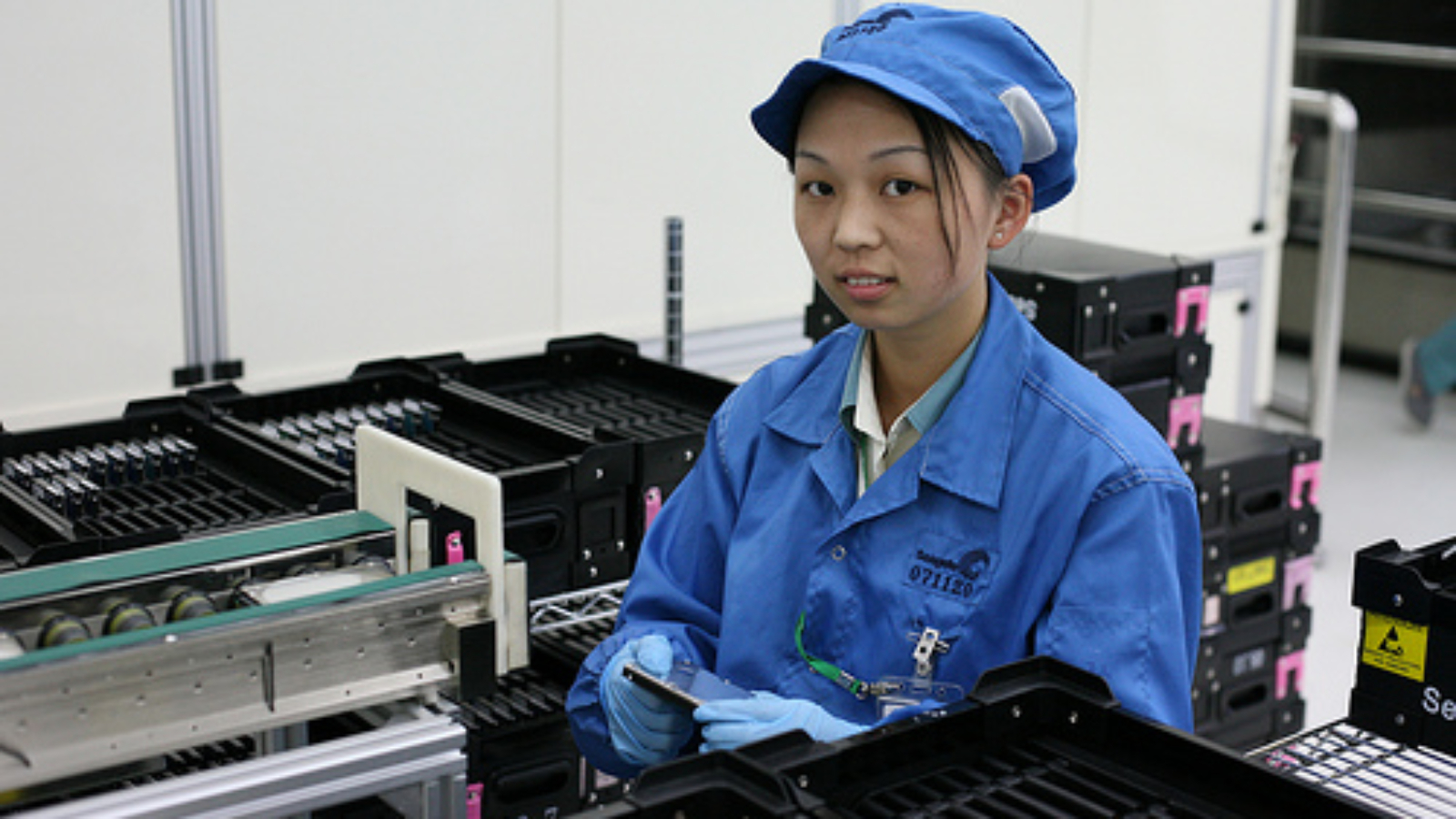A little more than two months ago, a series of events touched off the long-running trend of labor unrest in China. On May 17th, all 1,900 workers at a Honda-owned transmission factory in Foshan went on strike demanding higher wages. The strikers shut down their plant, along with four of the other Honda factories and several other parts plants–all of which belong to the same supply chain. The workers at these other plants realized after a few days that their Foshan counterparts must have been successful in their strike, since production at their own factories had not yet resumed. They decided to strike, too.
Meanwhile the press began to pick up on a string of suicides–six inMay alone–of workers employed by Foxconn, a subsidiary of the Taiwanese electronics giant Hon Hai (which produces consumer electronics on contract for Apple, Sony, Dell, HP, and a host of other companies). Together, the stories attracted a flurry of media attention that reached most mainstream Western outlets by the end of May, setting off dozens of other strikes across China and prompting pay raises of about a third at most of the factories involved.
Together, the stories attracted a flurry of media attention that reached most mainstream Western outlets by the end of May, setting off dozens of other strikes across China and prompting pay raises of about a third at most of the factories involved.
They also raised a much larger question: are certain parts of China, and perhaps emerging markets at large, entering a new period in the dynamics of labor relations–one that could pave the way for a larger, even global, labor movement? And if so, why now?
***
The strikes in China are illuminating for lot of reasons. For one, the Honda strikes revealed a telling dynamic between labor in emerging markets and the globalized economy. Honda’s supply chain, like all the Japanese car manufacturers and, indeed, many multinationals, relies on the Japanese-pioneered “just-in-time” production model: an assembly line of factories, where one factory assembles one part of a product and then sends parts to another factory for the next task, all on a tight schedule that maximizes efficiency.
The model’s greatest strength is also its Achilles heel–with factories completely interdependent, production can come to a standstill with a strike at just one plant. This is what happened during the May 17th protests. Honda was forced to capitulate after production halted for 19 days, and on June 5th management granted the original group of 1,900 workers an average wage increase of 34 percent, bringing their salaries to about $300 per month. Honda then made similar concessions at other plants.
The Foxconn suicides illustrate a different set of issues, including the shortcomings of an approach designed in part to solve for the drawbacks of “just-in-time” production. Rather than rely on a supply chain consisting of a greater number of factories, Foxconn tends to concentrate as much production in one independent plant as possible. More than half of Foxconn’s 800,000 Chinese employees work out of its Orwellian Shenzhen plant, “a heavily guarded factory compound that is outfitted much like a small town, [where] workers are housed in dorms according to alternate shift schedules. Workers are not permitted to leave the factory grounds, and the larger, low-level work units at the company are managed by one supervisor who has little personal contact with workers.”
On June 1st, Foxconn caved and gave employees an immediately effective 33 percent raise– from 900 yuan per month ($133) to 1200 ($177). But the companies’ decision to increase wages wasn’t the whole story, nor was it spurred by the suicides at Foxconn and the initial strike at Honda. The larger, more important trend is that southern China is undergoing a significant labor shortage, and it will intensify as the ‘one-child’ generation comes of age. Younger workers, having grown up in a more liberal China, tend to know their rights better than previous generations.
—David Black
Tomorrow: How the strikes, and Foxconn’s reaction to the wage increase, signals the demographic changes China is undergoing.
Top photo via flickr, user Robert Scoble

